Team approach, focused effort produce dramatic results
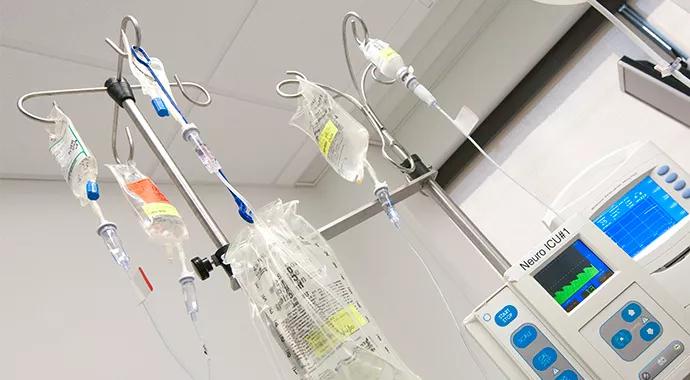
By Edward M. Manno, MD, FCCM, FAHA, FAAN, FANA
Cleveland Clinic is a non-profit academic medical center. Advertising on our site helps support our mission. We do not endorse non-Cleveland Clinic products or services. Policy
No one disputes that high patient acuity raises the risk of hospital- acquired infections, but that reality doesn’t lessen the stakes or gravity of such an infection when it develops in an individual patient.
With that mindset, the staff of Cleveland Clinic’s Neurological Intensive Care Unit (Neuro ICU) recently undertook initiatives to reduce the unit’s hospital-acquired infection rates — despite caring for patients from a neurological referral base that University HealthSystem Consortium (UHC) data show to be the sickest in the country. This article profiles those efforts and shares results in achieving infection rate improvements in the face of high acuity.
Cleveland Clinic’s Neuro ICU is a 21-bed critical care unit staffed by nurse practitioners, critical care fellows, and neurology and neurosurgery residents who provide continuous hands-on treatment of patients with acute neurologic injury. This team is supervised by eight neurocritical care physicians who staff the Neuro ICU on a 24/7 basis. The unit has achieved the lowest odds-adjusted mortality in the nation, according to UHC data.
The acuity of our Neuro ICU population requires multiple invasive procedures, which put patients at risk for developing hospital-acquired infections. Some 1.7 million hospital-acquired infections develop each year in the United States, accounting for nearly 100,000 deaths annually, according to Centers for Disease Control and Prevention estimates. In the ICU setting, the most commonly acquired infections are catheter-acquired urinary tract infections (CAUTIs), central line-associated bloodstream infections (CLABSIs) and ventilator-associated pneumonias.
Due to the acuity of our patients, the Neuro ICU’s hospital-acquired infection rates were initially above national averages. The unit’s staff decided to undertake an aggressive effort to improve these rates through a multidisciplinary approach involving physicians, nurses and all auxiliary personnel involved in the Neuro ICU.
Our first step was to develop teams — dubbed “tackle teams” — to address each of the three major types of acquired infections. Each team consisted of a staff physician, a nurse practitioner or fellow, nurses, and nursing leadership; one or more team members were present around the clock to address issues relevant to the team’s designated infection type. The teams identified sources of past problems in the unit’s population and developed an action plan for the education of staff regarding these sources and best practices for avoiding them in the future.
The CLABSI team determined that most of our CLABSIs were occurring nine to 12 days after placement of the central line. We instituted a policy that all central lines are to be placed under maximal sterile barrier precautions and changed if still required after one week of use. Femoral access is permitted only in emergency situations and is changed to a less infection-prone site as soon as the patient is stable. Dressing sites are inspected daily by both nurses and physicians, and dressings are now changed at least weekly —and more often as indicated based on these inspections. To avoid unnecessary placement of central lines, the nursing staff obtained a “vein finder” machine that helps identify peripheral veins.
These measures were associated with a dramatic decrease in the incidence of CLABSIs in our Neuro ICU throughout 2013, including no new CLABSIs at all in the second half of the year (Figure 1).
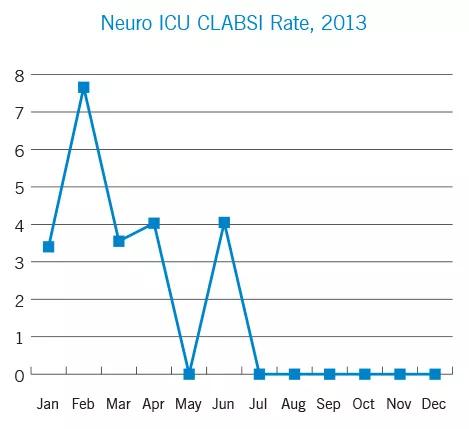
Figure 1. Incidence of CLABSIs (per 1,000 patient days of central venous catheter use) in the Neuro ICU by month throughout 2013.
The prospect of reducing our CAUTI rate was particularly challenging because most of our patients are significantly debilitated and require long-term Foley catheter placement. Curbing these infections depended entirely on developing a culture change around how we address this issue.
The nursing staff was re-educated on both the timing and placement of Foley catheters, with catheters being removed as soon as feasible. Other nursing measures included reducing redundant loops and ensuring that there is no backflow of urine into the bladder when patients are transferred for a study or procedure.
The unit’s physicians decided as a group on their definition and culturing protocol for Neuro ICU patients who develop a fever. The protocol specifies that a urine analysis is to be sent first if a urinary tract infection is suspected. Urine cultures are to be ordered only by attending staff and only if the urine analysis is positive and clinical suspicion remains high.
As detailed in Figure 2, the above measures were associated with a reduction in CAUTI incidence throughout 2013 similar to that observed for CLABSIs.
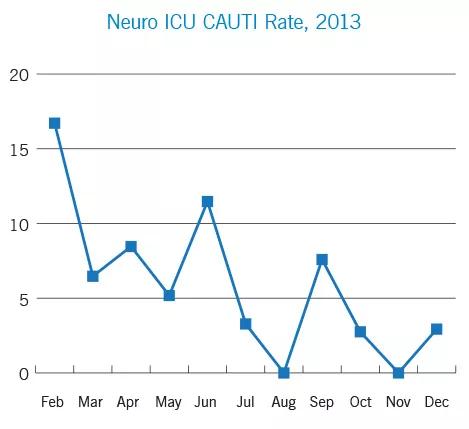
Figure 2. Incidence of CAUTIs (per 1,000 patient days of Foley catheter use) in the Neuro ICU by month throughout 2013.
We started similar initiatives in 2014 to reduce ventilator- associated pneumonia rates and hope to achieve similar successes.
The above initiatives reflect a complete team approach to hospital- acquired infections that complicate and worsen the outcomes of too many patients locally and nationally. Close attention to the details that lead to these infections and collaborative planning to combat these specific problems have led to a safer environment for our patients.
Our results have not gone unnoticed, and many of our measures are being adapted by intensive care units throughout Cleveland Clinic’s enterprise. We also hope to apply our tackle-team model across the entire Cleveland Clinic health system.
Dr. Manno is head of the Neurological Intensive Care Unit in the Cerebrovascular Center within Cleveland Clinic’s Neurological Institute.
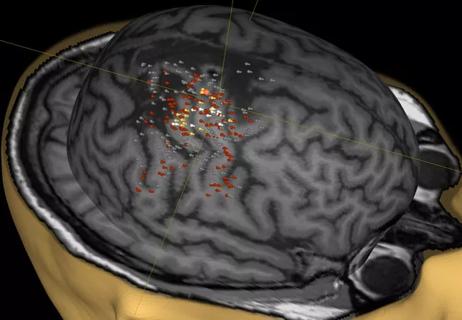
A noninvasive approach to map eloquent areas before surgery
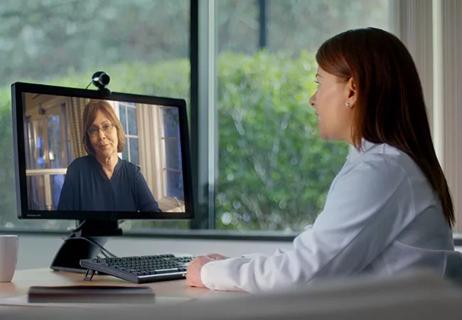
Physician reimbursement policy experts join forces with IT and coders to enable digital transformation

Minority Stroke Program focuses on outreach to racial and ethnic minority communities
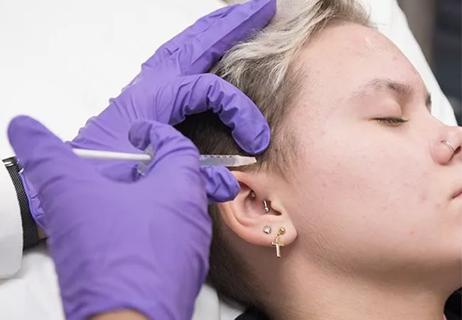
Excellent response seen with ongoing use in patients as young as 11

Q&A with a psychiatrist in Cleveland Clinic’s Transgender Surgery and Medicine Program

Time constraints, language barriers, substance misuse, mood disorders targeted for improvements
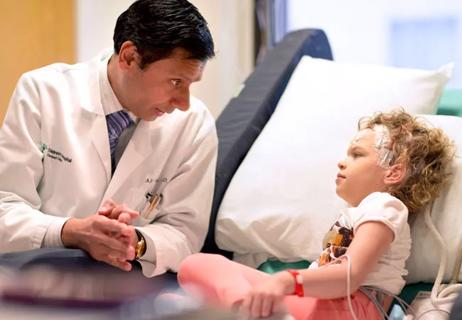
Project draws $1.6M to leverage telemedicine to create medical home, ease transition to adult care

Comorbid depression is only one of the likely warning signs